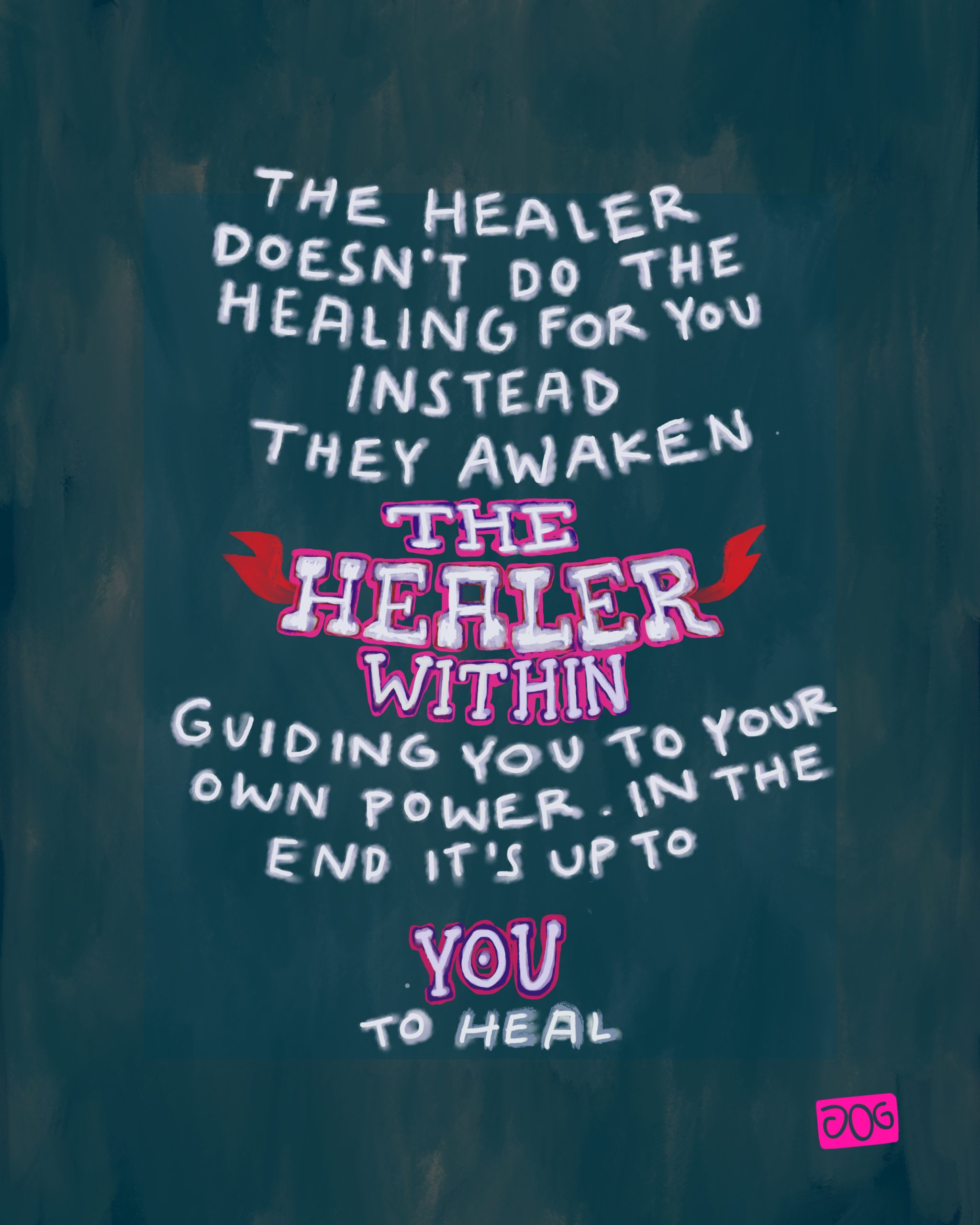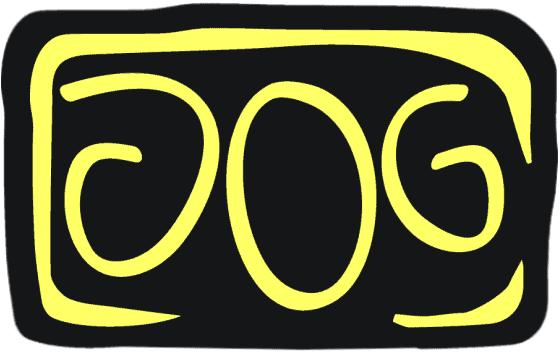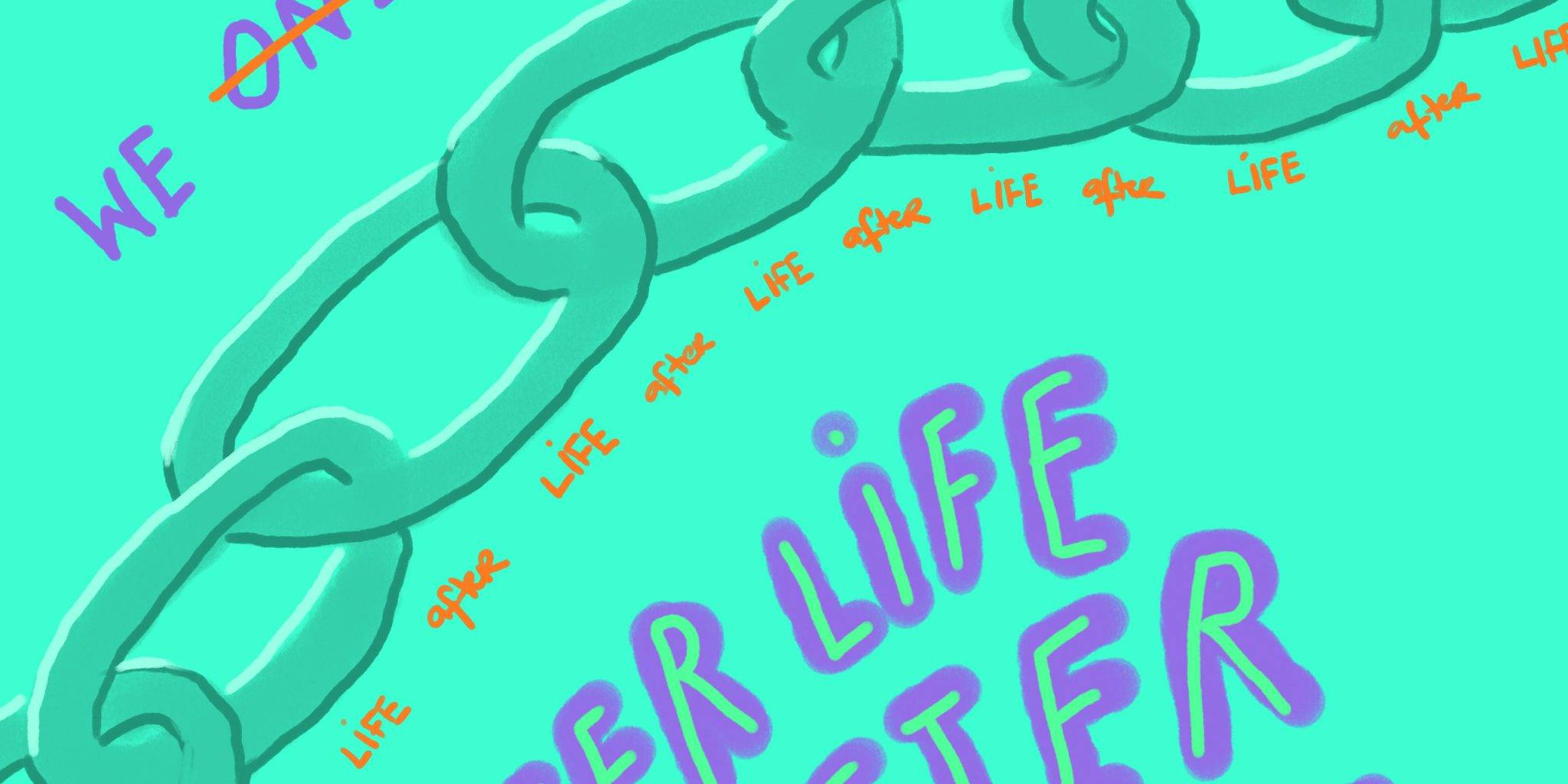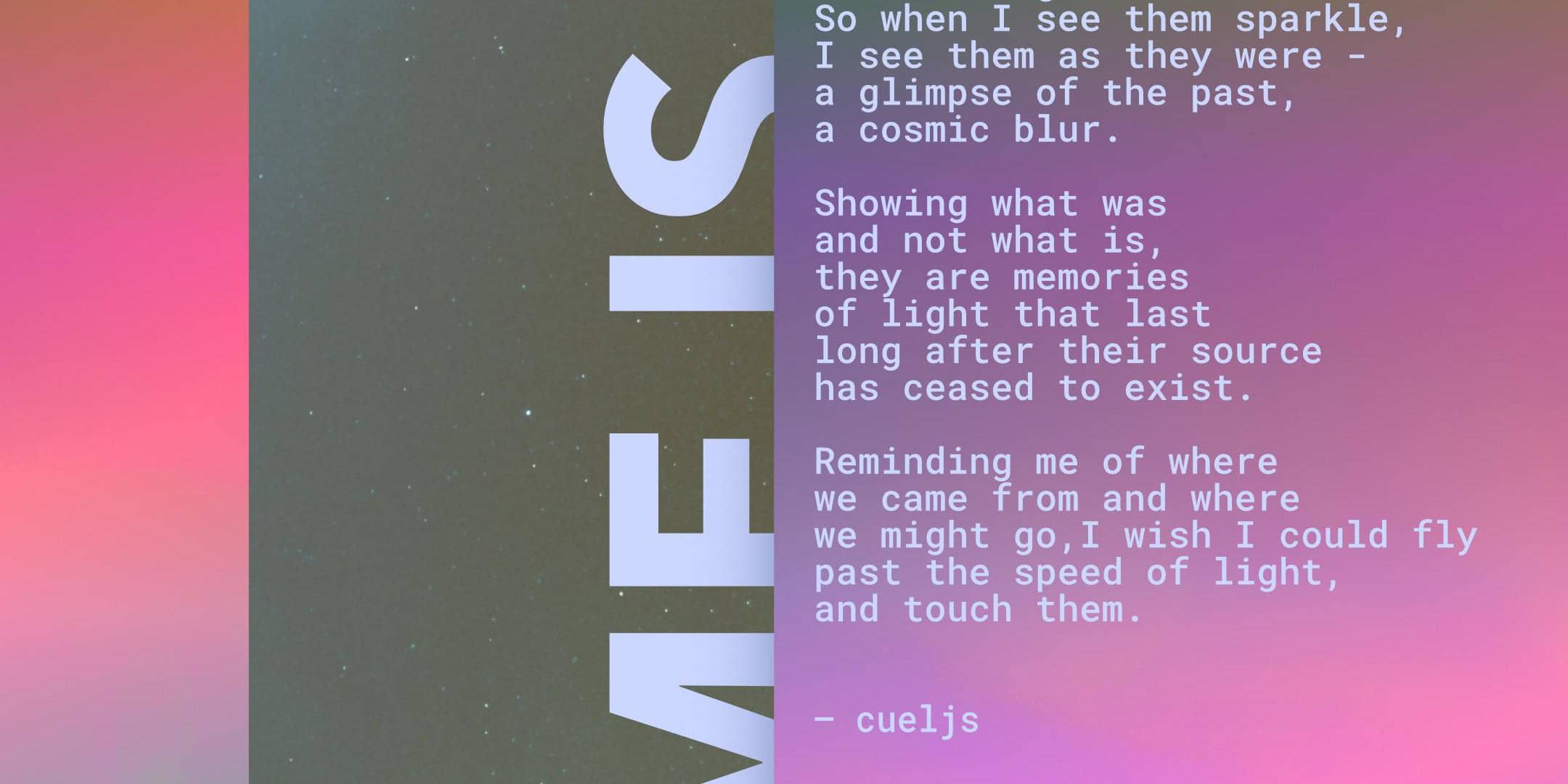The Healer Within You

The role of a healer isn’t to take away your pain or ‘fix’ you. Their job is to help you reconnect with the healer inside yourself.
Reclaiming Your Power to Heal
There’s a comforting image many of us hold on to when we’re not feeling well: being taken care of, wrapped in the warmth of someone else’s concern and gentle care. It evokes a time in our lives when being sick meant our parents would give us extra attention, soft words, and kindness. This was often the only time we felt truly cared for. As adults, though, this same dynamic plays out in how we approach healing—but it doesn’t serve us.
When we’re unwell, physically or emotionally, we revert to the mindset of a child. We hope for a healer—a doctor, therapist, or spiritual guide—to come in and magically make things right. We want to lean back into that comfort, trusting someone else to take over and soothe our pain. While understandable, this mindset actually limits our ability to heal because it creates a dependency on others.
The truth is, healing is an active, self-driven process. A healer doesn’t do the healing for you. Instead, they awaken the healer within you, guiding you to your own power. And in the end, it’s up to you to do the real work. The best healers serve as catalysts, not saviors.
The Comfort Trap
Many of us grew up learning to associate care with illness. The only time we could receive the softness of attention was when we were weak or sick, creating a subconscious link between illness and comfort. As a result, when we’re ailing, we unconsciously seek to recreate this dynamic, desiring to be cared for rather than taking ownership of our healing process. It’s like we regress into a childlike state, hoping that by being unwell, we will be taken care of in the same way we were in our formative years.
But here’s the catch: this kind of comfort can trap us. It makes us passive in our own healing journey. Instead of empowering us, it feeds into the belief that healing is something that happens to us rather than something we actively engage in. We end up looking outside ourselves, waiting for a doctor, therapist, or loved one to come and ‘fix’ us. But the truth is, healing doesn’t work that way.
The Active Process of Healing
Healing is not passive. It’s an active, ongoing commitment. The role of a healer isn’t to take away your pain or ‘fix’ you. A true healer offers support, insight, and guidance, but they cannot do the healing for you. Their job is to help you reconnect with the healer inside yourself. They hold up a mirror, showing you your power, but you must be willing to look, face what you see, and step into that power.
The real work of healing starts with your own commitment. It requires engaging with the reasons behind your pain or illness. No one else knows the full story behind why you’re suffering. You have to go inward and be honest with yourself about what’s causing the ailment—whether it’s physical, emotional, or spiritual. Often, there are layers to uncover: trauma, unresolved feelings, toxic beliefs, or behaviors that have gone unexamined for years. Healing is about being willing to dig into these uncomfortable places.
“Each patient carries his own doctor inside him. They come to us not knowing that truth. We are at our best when we give the doctor who resides within each patient a chance to go to work.”- Albert Schweitzer
Shifting from Dependency to Empowerment
The transition from dependency on external care to personal empowerment can feel daunting. Most of us are conditioned to expect someone else to take over when we’re in distress. But by relying on others to ‘fix’ us, we remain in a cycle of dependency, forever waiting for someone else to solve our problems. This approach keeps us stuck, because the real key to healing lies within us.
When we take ownership of our healing process, we step into our own power. The healer within awakens when we decide to engage fully with the healing process. This doesn’t mean you shouldn’t seek support. Healers, doctors, and therapists play important roles, but they are there to guide and support you, not to take over. The shift happens when you realize that you are not a passive recipient of care but an active participant in your healing journey.
Self-Care as a Revolutionary Act
One of the greatest acts of self-love is committing to your own healing. Self-care is often misunderstood as something soft or indulgent, like taking a bubble bath or pampering yourself. But true self-care is much deeper. It’s about showing up for yourself when it’s uncomfortable, facing the difficult truths, and taking responsibility for your own well-being.
When you engage in self-care from a place of empowerment, you realize that no one else can do the hard work for you. You might receive guidance, but in the end, you’re the one who has to make the changes. You’re the one who has to face the pain, release the old stories, and cultivate new patterns of thought and behavior. This is the work of the healer within.
Trusting Yourself to Heal
At the core of this approach is the belief that you are capable of healing yourself. Many of us have been taught to distrust our own bodies, our instincts, and our ability to know what’s best for us. We’ve handed over the reins of our well-being to others, thinking that they must know more than we do. But in truth, no one knows you better than you do. No one understands your pain, your experiences, and your emotional landscape like you do.
When you begin to trust yourself, you activate your inner healer. You start to listen to your body’s signals, recognizing when it needs rest, nourishment, or movement. You pay attention to your emotions, allowing them to guide you to what needs to be healed. You stop outsourcing your healing to others and start believing in your own power to transform.
The Healing Journey
Healing is not a one-time event. It’s a journey that unfolds over time, sometimes slowly and imperceptibly. There will be moments of breakthrough and moments of doubt, but each step you take is a step closer to wholeness. The more you engage with your own healing, the stronger the healer within becomes.
In the end, the healer outside of you—whether it’s a doctor, therapist, or spiritual guide—can only take you so far. They can point the way, but you are the one who must walk the path. And as you walk, you’ll find that the healer within grows stronger, more confident, and more capable.
By reclaiming your power to heal, you not only transform yourself but also set an example for others. You become a living testament to the truth that we all have the power to heal ourselves if we are willing to do the work. This is the gift of the healer within. It’s not about being taken care of—it’s about taking care of yourself, fully and completely.
So, the next time you find yourself looking outside for a solution, take a pause. Ask yourself: what does the healer within me have to say? What is it that I already know deep down about my own path to healing? When you start listening to that inner voice, you’ll find that the answers are already within you, waiting to be heard.
Your healing journey is yours to walk. And you are the healer you’ve been waiting for.
You may also like
Do you really want to get better? There is a chance you don’t
Sometimes, we might say we want to get better. Obviously.…
The big difference an afterlife makes
In the Eastern world, the concept of reincarnation is…
Looking at the stars is a look back into a distant past
Did you know that looking at the stars is a look back in…




